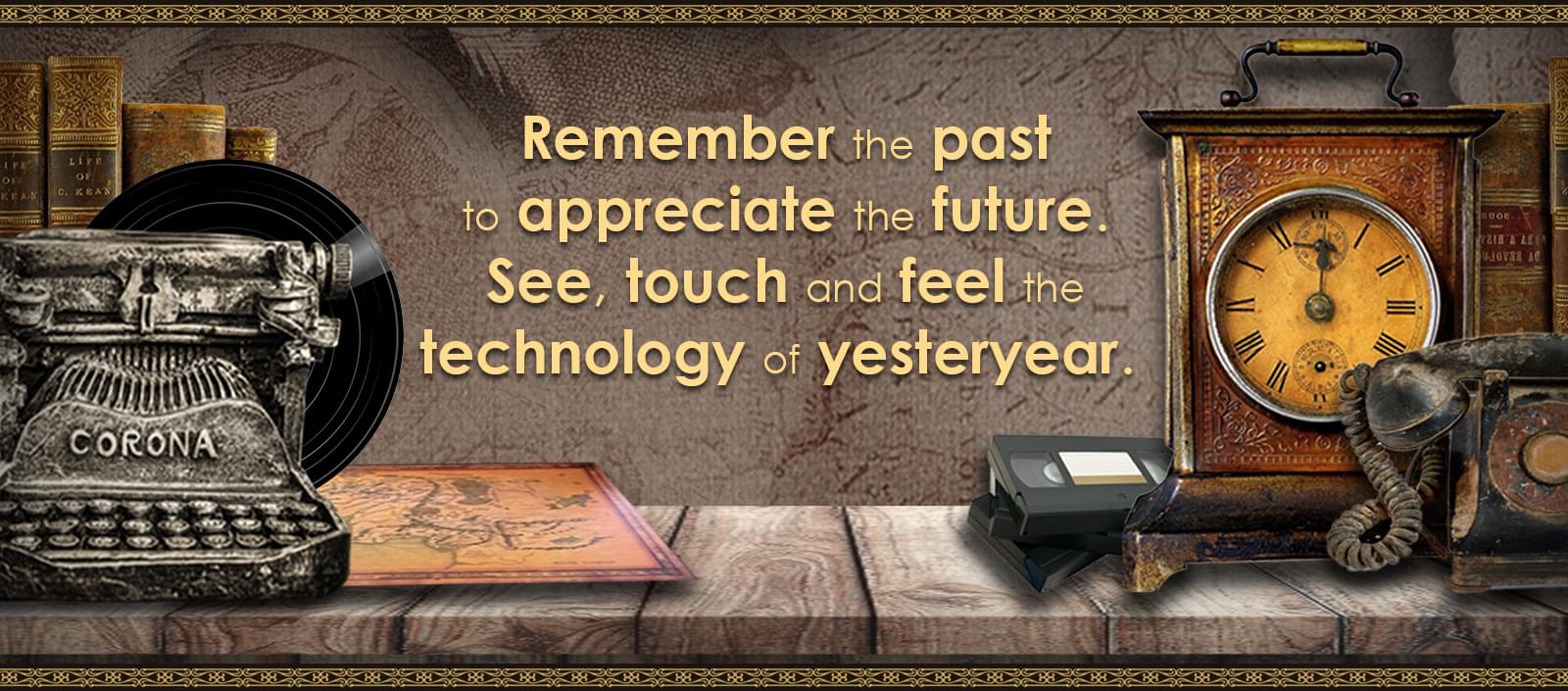SNEAK PEEK
The moft Mobile Museum will showcase a series of 30 exhibits against the backdrop of 3D hand-painted canvas artworks that will give visitors an immersive, colourful and interactive experience with the exhibits set against the background of olden Singapore.
Exhibits will also be set up with information and educational panels, and for schools, we will be providing educational worksheets for each student, which will bring the exhibits to life. Students will get to touch, feel, play and interact with several exhibits. The specially developed worksheets will further stimulate their curiosity, and to make them think deeper and appreciate the past for the convenience they enjoy in the present.
To give you a taste of what to expect, here are some sample exhibits.
-

Calculator Watch
The calculator watch is fondly remembered as the watch for “techies” in the 1970s and 1980s.
Considered a high-tech device in its time, the calculator watch appeared in numerous movies, and many celebrities were spotted wearing it. The calculator watch came with small buttons that allowed the wearer to punch the number for calculation.
The watch was highly sought after until the 1990s, when personal digital assistants and mobile phones were beginning to be introduced into the market. Since then, the calculator watch lost is desirability and popularity thereafter.
-

Rotary Phone
The rotary phone is one of the first type of telephones to be used in Singapore, with the first telephone installed in the 1870s.
In 1955, the British Colonial Government formed the Singapore Telephone Board (STB), paving the way towards the formation of Telecoms (the predecessor of the present Singtel)
The rotary phone was a common sight in Singapore around the 1950s, when not everyone has access to a phone. The rotary phone existed until the 1980s, when it was largely replaced by the push-button telephone.
The rotary dial is a mounted device designed to send pulse dialling, corresponding to the number dialled. With the advent of cordless phones and smartphones, the rotary phone has faded into history.
-

Typewriter
Before the introduction of computers and word processors, the typewriter was used as a quick and efficient way to draft documents, and it changed the way people, governments and businesses communicated.
Before the typewriter was invented in the 1870’s, all correspondence were written in hand. With the typewriter, printing and mass production of written works became easier and more legible than handwriting.
When it was made available for office and home use, it became so important that it was deemed to be irreplaceable.
The typewriter has been replaced by computers that could store data, while providing convenience in formatting documents.
-

The View-Master
The View-Master is one of the first devices to introduce a primitive form of visual virtual reality.
Sold mainly as a toy for children in Singapore during the 1960s, the View-Master allowed users to peek into reels of thin cardboard disks containing 3D images of stories and places.
At a time when 3D images were considered unusual, the View-Master brought life and colour to a generation of Singaporeans. It allowed children to pretend having their very own pseudo-cameras that functioned as a toy.
The View-Master has been replaced by new generation viewing technologies, smartphones and the internet.
-

Feature Phone
Also known as the dumb phone, the feature phone paved the way for mobile communication in Singapore.
It usually sports a few buttons and a small display, and runs on an embedded operating system with a small and simple graphic interface.
It also provides basic function such as voice calling, text messaging functions, plus other simple multimedia and internet-surfing capabilities.
The popularity of feature phones faded from the mid-2000s, as consumers opted for smartphones.

